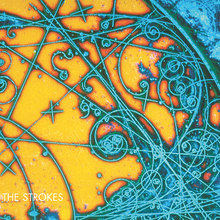
The Strokes are an American rock band formed in New York City in 1998. The band is composed of lead singer and primary songwriter Julian Casablancas, guitarists Nick Valensi and Albert Hammond Jr., bassist Nikolai Fraiture, and drummer Fabrizio Moretti. They were a leading group of the early-2000s post-punk revival and garage rock revival movements.

Closer is the second and final studio album by the English rock band Joy Division, released on 18 July 1980 by Factory Records. Produced by Martin Hannett, it was released two months after the suicide of the band's lead singer and lyricist Ian Curtis. The album reached No. 6 on the UK Albums Chart and peaked at No. 3 in New Zealand in September 1981. Closer was also named NME Album of the Year. It was remastered and re-released in 2007.

The Vines are an Australian rock band formed in Sydney in 1994. Their sound has been described as a musical hybrid of 1960s garage rock and 1990s alternative rock. The band has been through several line-up changes, with vocalist/guitarist Craig Nicholls serving as the sole constant throughout the band's history.
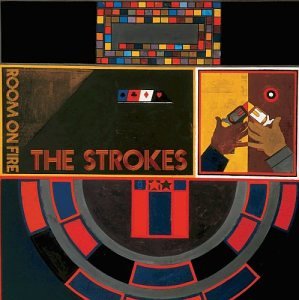
Room on Fire is the second studio album by American rock band the Strokes, released on October 21, 2003, through RCA Records. Its title is derived from a lyric in the song "Reptilia".
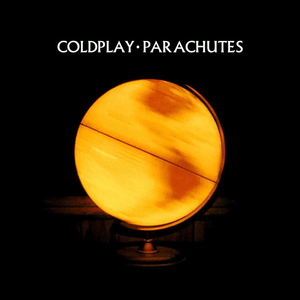
Parachutes is the debut studio album by British rock band Coldplay. It was released on 10 July 2000 by Parlophone in the United Kingdom. The album was produced by the band and British record producer Ken Nelson, except for one track, "High Speed", which was produced by Chris Allison. Parachutes spawned the singles "Shiver", "Yellow", "Trouble", and "Don't Panic". The album was also supported by the Parachutes Tour, which saw the band performing 131 shows in their first world tour.

Julian Fernando Casablancas is an American musician. He is the lead vocalist and primary songwriter of the rock band the Strokes, with whom he has released six studio albums since their founding in 1998. Casablancas released a solo studio album, Phrazes for the Young, in 2009, and has released two albums with the experimental rock band the Voidz.

Albert Louis Hammond Jr. is an American musician who is a member of the rock band The Strokes. He is best known for his role as rhythm and lead guitarist, as well as occasionally a keyboard player and backing vocalist for the band. Hammond Jr. has released extensive solo work, including five solo albums.
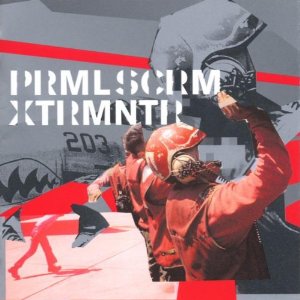
XTRMNTR is the sixth studio album by Scottish rock band Primal Scream. It was first released on 31 January 2000 in the United Kingdom by Creation Records and on 2 May 2000 in the United States by Astralwerks. It peaked at number 3 on the UK Albums Chart.
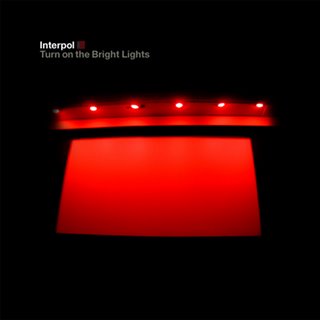
Turn On the Bright Lights is the debut studio album by American rock band Interpol. It was released in the United Kingdom on August 19, 2002, and in the United States the following day, through independent record label Matador Records. The album was recorded in November 2001 at Tarquin Studios in Bridgeport, Connecticut, and was co-produced, mixed and engineered by Peter Katis and Gareth Jones. Its title is taken from a repeated line in the song "NYC".

"Yellow" is a song by the British rock band Coldplay. The band wrote the song and co-produced it with British record producer Ken Nelson for their debut album, Parachutes (2000). The song was released on 26 June 2000 as the second UK single from Parachutes, following "Shiver", and as the lead single in the United States.

"Shiver" is a song by British rock band Coldplay. British record producer Ken Nelson and Coldplay produced the track for their debut album Parachutes. Lead singer Chris Martin admitted that "Shiver" was written for a specific woman, from whom the media has generated several speculations. The song contains influences attributed to American singer-songwriter Jeff Buckley, whom Coldplay's early influences were drawn from. The song's lyrics are a reference to Martin's unrequited love.

"Reptilia" is a song by American rock band the Strokes. It was released as the second single from their second studio album, Room on Fire (2003) on February 9, 2004. The song was written by Julian Casablancas and produced by Gordon Raphael. In the US, it peaked at number 19 on the Modern Rock Tracks chart. It fared better in the UK, where it reached number 17 on the UK Singles Chart and was certified gold by the British Phonographic Industry (BPI). The single cover depicts an alien from the video game Centipede.

"Hard to Explain" is a song by American rock band the Strokes. It was released as the lead single from their debut studio album, Is This It (2001), June 25, 2001. It peaked at number 7 in Canada, number 10 in Ireland, and number 16 in the United Kingdom. In a 2023 interview, producer Gordon Raphael explained that the song was originally written by frontman Julian Casablancas with his drum machine.
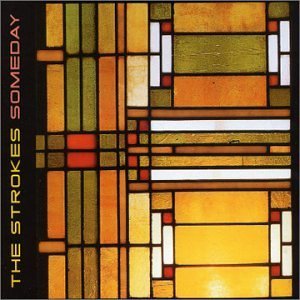
"Someday" is a song by American rock band the Strokes, written by singer Julian Casablancas. It was released on August 5, 2002, as the third and final single from Is This It (2001). It peaked at number 17 on the US Modern Rock Tracks chart and at number 27 on the UK Singles Chart. It was ranked at number 53 on Pitchfork magazine's list of the 200 Best Songs of the 2000's. In 2020, Paste and The Independent ranked the song number eight and number three, respectively, on their lists of the 20 greatest Strokes songs.

Angles is the fourth studio album by American rock band The Strokes. It was released on March 22, 2011, through RCA Records. It was the group's first album in over five years, following First Impressions of Earth (2006).
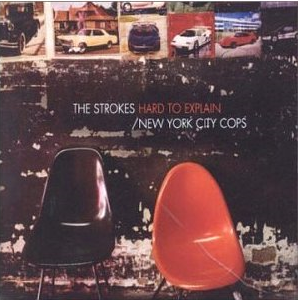
"New York City Cops" is a song by American rock band the Strokes. It was released along with "Hard to Explain" as a double A-side single on June 25, 2001, in Australia and Europe. It appears on international editions of their debut studio album, Is This It (2001); it was replaced with the track "When It Started" on the then-unreleased American CD edition following the September 11 attacks due to its lyrics regarding the New York City Police Department. As a double A-side single, it reached number 16 in the UK and number 66 in Australia.

"Last Nite" is a song by American rock band the Strokes. It was released on October 23, 2001, as the second single from their debut album, Is This It (2001). It was a moderate hit for the group on the UK Singles Chart in 2001.

The New Abnormal is the sixth studio album by American rock band the Strokes, released on April 10, 2020, through Cult and RCA Records. It was their first full-length album since Comedown Machine (2013), marking the longest gap between studio albums by the band. The album was produced by Rick Rubin and recorded at his Shangri-La studio in Malibu, California, with additional recording taking place at studios in Los Angeles County and Hawaii. The Strokes began performing songs from the album for the first time throughout 2019 before revealing the album's track list and cover art in early 2020. "At the Door", "Bad Decisions", and "Brooklyn Bridge to Chorus" were released as singles prior to the album's release, with "The Adults Are Talking" being released to radio months later.
"The Adults Are Talking" is a song by American rock band The Strokes, the opening track on their sixth studio album, The New Abnormal (2020). It was released to alternative radio as the album's fourth single on November 3, 2020. It was produced by Rick Rubin with music written by all members of the Strokes and lyrics written by the band's singer, Julian Casablancas. It is a new wave, indie rock and post-punk song with politically charged lyrics that Casablancas sings with both crooning vocals and falsetto throughout.

White Blood Cells is the third studio album by American rock duo the White Stripes, independently released by the Sympathy for the Record Industry on July 3, 2001. Recording took place in Memphis, Tennessee at Easley-McCain Recording over three days, and was produced by guitarist and lead vocalist Jack White. Production was rushed in order to capture a "real tense feeling" and the band's energy, and was their first album to be mastered in a studio.

